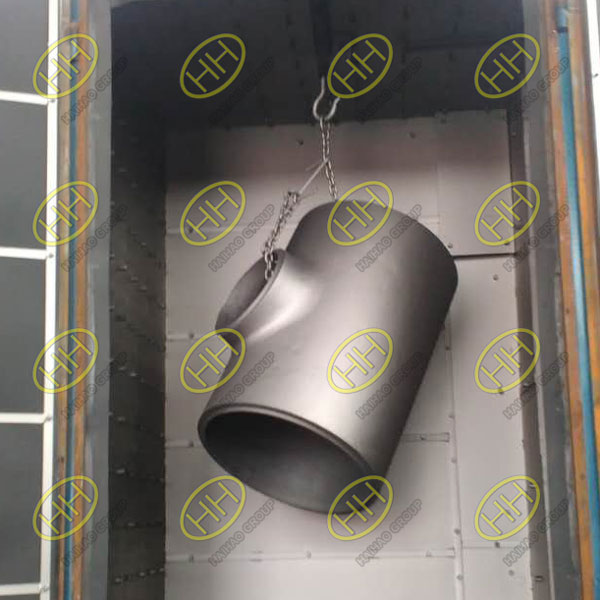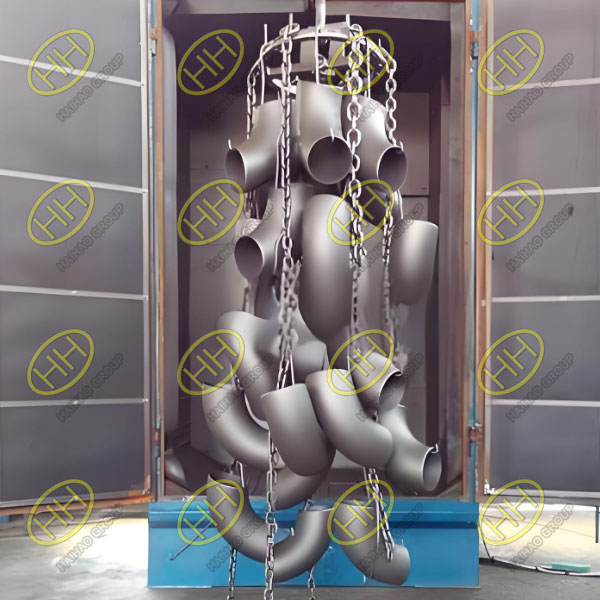Sandblasting vs Shot Peening: A clash of giants in metal processing
In the realm of metal processing and surface treatment, sandblasting and shot peening are two prevalent and essential techniques. Each has its unique characteristics and applications, playing a critical role in various scenarios. In this article, we will delve into the similarities and differences between sandblasting and shot peening, highlighting their unique performances in their respective fields.
1.Definitions of Sandblasting and Shot Peening
Sandblasting involves the use of compressed air to propel abrasives (such as silica sand or garnet) at high speeds onto the surface of a workpiece. This process cleans, deburrs, and roughens the surface through the impact and cutting action of the abrasives. Think of it as a meticulous craftsman sculpting a workpiece, making it look brand new.
Shot peening, on the other hand, is a surface hardening process. It utilizes high-pressure air or compressed air to propel steel balls, cast iron balls, or glass beads at the workpiece surface. The impact of these balls creates residual compressive stress on the surface, enhancing the workpiece’s fatigue strength and wear resistance. Shot peening is akin to a fitness trainer who strengthens a workpiece’s “constitution” through rigorous training.
2.Differences in Working Principles
Although both sandblasting and shot peening utilize high-speed projections to treat surfaces, their principles and effects differ significantly.
Sandblasting relies on the impact and cutting action of abrasives to remove dirt and burrs from the surface while altering its roughness. The abrasives act like tiny blades, cutting and polishing the workpiece’s surface to achieve a cleaner and smoother finish.
Shot peening, however, utilizes the impact force of shot particles to create residual compressive stress on the workpiece surface. This compressive stress counteracts tensile stress that may develop during use, thus improving the fatigue strength and wear resistance of the workpiece. During shot peening, the shot particles act like little projectiles bombarding the surface, enhancing its toughness.
3.Application Areas
Due to their differing principles and effects, sandblasting and shot peening have distinct applications.
Sandblasting is widely used in various industries such as automotive manufacturing, shipbuilding, aerospace, construction, and artistic processing. For example, in automotive manufacturing, sandblasting can remove rust and grease from vehicle bodies; in shipbuilding, it is used to eliminate marine biofouling and old coatings from hulls; in aerospace, it enables meticulous cleaning and surface roughening of aircraft components.
Shot peening, due to its unique surface hardening effects, is commonly employed to enhance the mechanical strength and wear resistance of components. It is widely used for surface hardening of critical parts like engine blocks, crankshafts, and connecting rods in automotive applications. In the aerospace industry, shot peening is utilized to improve the fatigue strength of landing gears, wings, and other components. Additionally, it plays a vital role in metallurgy and machinery manufacturing.
4.Comparative Effects
There are noticeable differences in the results achieved through sandblasting and shot peening.
After sandblasting, the workpiece surface may exhibit slight damage, resulting in an increased surface area that enhances the adhesion of coatings or platings. The surface appears in its metallic color, with a slightly dark and rough texture that aids in paint adhesion and leveling.
Conversely, a shot-peened surface is not damaged but instead reinforced. The excess energy during the process is transformed into surface hardening effects on the workpiece. The surface retains its metallic color, exhibiting a matte finish that is aesthetically pleasing and demonstrates higher fatigue and wear resistance.
5.Safety Considerations
Whether using sandblasting or shot peening, certain precautions should be taken to ensure safety and effectiveness:
Sandblasting: Operators should wear protective eyewear and dust masks. Selecting appropriate abrasives and sandblasting equipment is crucial, along with controlling blasting time and pressure to avoid excessive damage to the workpiece.
Shot Peening: Choosing the right type and size of shot particles is essential, as is controlling the peening intensity and duration to prevent over-hardening or damage to the workpiece. Additionally, recycling and reusing shot particles can improve economic efficiency and environmental sustainability.
Sandblasting and shot peening each play significant roles in the metal processing and surface treatment industries. Sandblasting is better suited for cleaning and surface preparation, while shot peening is primarily used for strengthening and enhancing the performance of components. Understanding the characteristics and applications of both techniques can help us select the most suitable process for our operations.


